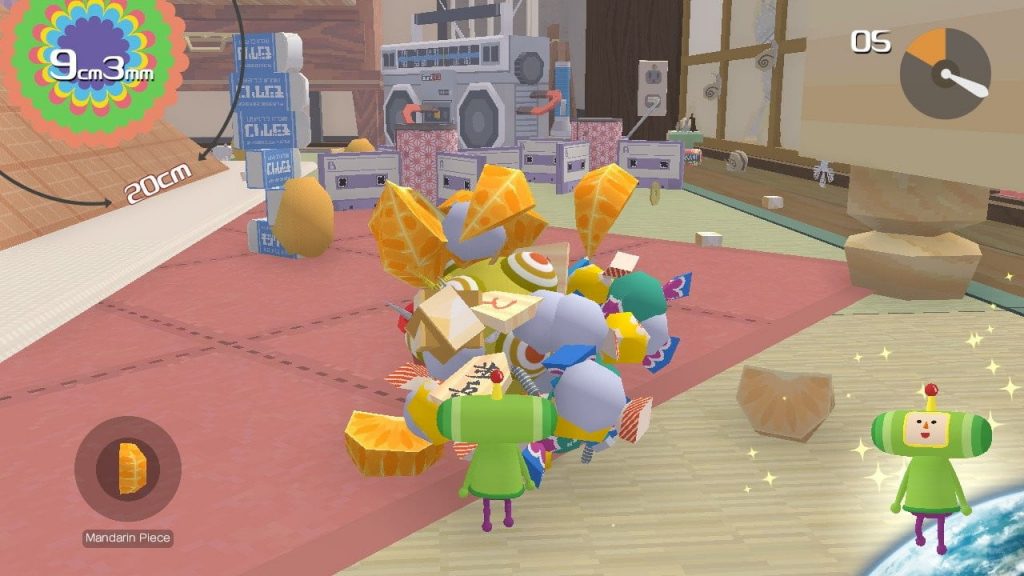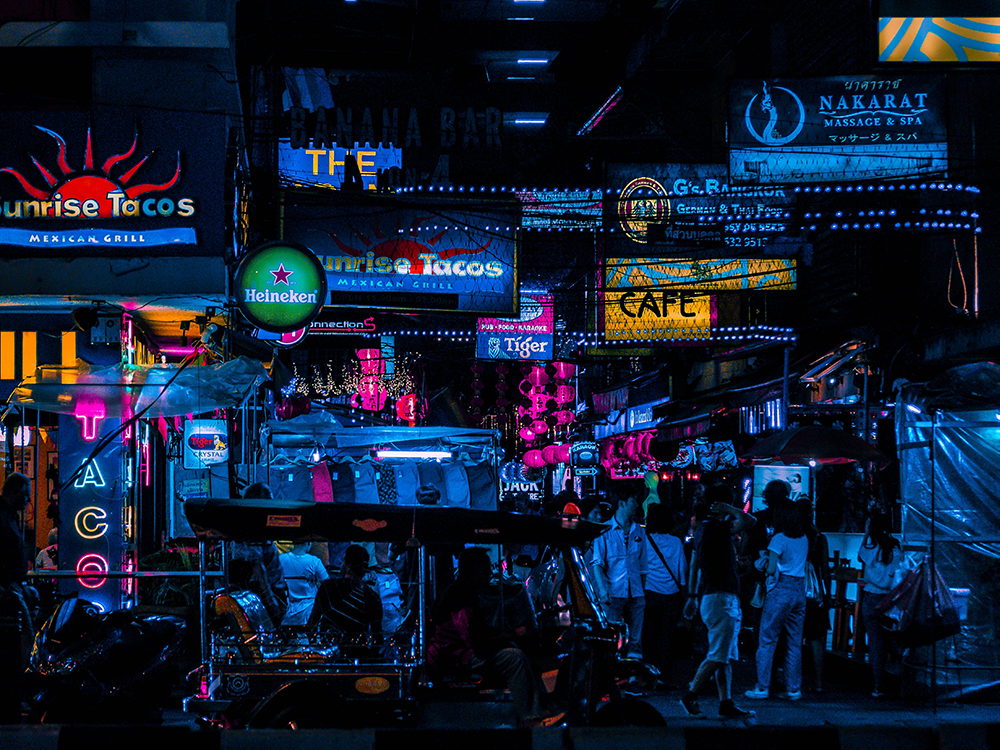We all want to deliver the best possible versions of our products to our clients and their customers. Even after you’ve made a great product, it’s often tempting to think that it would be good to add an extra feature here and there to improve functionality or to impress.
For example:
- Wouldn’t it be better if we added a new set of animations to our website or app?
- Maybe there should be some gamification elements, too?
- Perhaps the client has asked us to add a cost calculator to the site?
Many features are good ideas, but knowing where and how to draw the line is essential to good project management.
When your project timeline is getting wrecked by these extra features, you may be suffering from “feature creep.” What is feature creep, and what can we do about it?

Feature creep and UX
Also wryly referred to as “kitchen sink syndrome,” feature creep (which is closely related to the phenomenon of “scope creep”) describes the tendency of designers and clients alike to want to add more and more things to a project midway through its creation.
While it can be virtuous for a designer to be flexible and to add elements that offer genuine improvements to a site, feature creep often represents project bloat, a weakening of the original concept, and cost or time management issues.
Feature creep is a problem across many industries such as software, electronics, and video game development – and for UX designers in particular, it can represent a serious problem as being antithetical to usability.
After all, while some features may conceivably improve user experiences (such as the addition of a search bar or some tiny time-saving functionality), usability doesn’t typically improve by adding more and more features.
More on usability testing: Getting started with usability testing
Every good UX designer knows that simplicity is key, and that often the best thing to do is to find something to remove – not something to add.

New features on request
What if the client requests a new feature midway through development? Well, there are some things to consider first. It is an invaluable skill to know when and how to push back. A good designer or project leader shouldn’t be an indiscriminate “yes man.” Your clients are paying for your expertise, and if a request will ultimately lead to a bad final design or a deadline problem, it is your job to make that clear.
Consider, too, that what they say they want may not be what’s actually needed.
If we recall the above example of an added search bar, was the problem really that the site didn’t have a search function or was it that the existing navigation was poor and frustrating to the user? What’s needed then may not be a site with both a navigation menu and a new search box; maybe it just needs a better navigation menu.
What if it is decided that the new feature does really need to be added? A good approach can be to insist that it is adopted only on the condition that a different feature is dropped from the task list to make room for its implementation. Push them for data as evidence for the need of such an addition before you include it in the project.

Staying on track
When considering the addition of a new feature, it’s a good habit to refer back to the initial brief or concept. Instead of considering whether the new inclusion would be “better,” consider first and foremost whether it is truly in the spirit of the original idea and the UX project goals as stated at the outset.
Related: UX Sprint for iterative usability testing
Especially in the middle of a long usability project where perspective for the big picture is often lost amid the minutiae of work, it’s easy to lose sight of what’s appropriate for the design.
By increasing the scope of the project to add more functions and to provide solutions for issues that weren’t on the table from the start, you can create an unfortunate precedent. Feature creep is dangerous because it can become a slippery slope: if you’ve added X, why not also add Y? It becomes difficult to know where to stop, and your to-do list of tasks can quickly balloon out of control.
Instead, check all proposed additions against the original vision. If they don’t line up with the core idea of what the site is ultimately intended to do, they must be resisted.

Killing feature creep with simplicity
Sometimes, the ideal of elegant simplicity is something that takes a certain amount of strength and stubbornness to attain. It can mean ditching ideas in which you are personally invested or ones that you’ve already done a good deal of work on.
It is an old saying that a good writer must “murder their darlings,” which is to say that although they may be dearly attached to a well-written phrase or passage, it should still be as eligible for deletion as anything else. The same is true of UX design. We mustn’t confuse personally liking the idea of a particular feature with thinking it is necessary to the project.
Feature creep is something against which UX designers everywhere must exercise constant vigilance. By remaining clear about what is and is not consistent with the overall vision of the project and by making cuts where necessary to achieve smooth user experiences, we can ensure the scope of the work is kept under control and that expectations remain realistic.
Many designers in various fields experience feature creep, and UX design is no different. By learning to spot it when it occurs and saying “no” to the things that almost inevitably get proposed mid-project, you can keep your work on track and ensure the ultimate quality of the finished site or application.
This post was contributed by Angle Studios – a specialist UX and e-commerce design agency with over 15 years of experience delivering high-quality website services for businesses across Kent and London, UK.





